Is This Real and What’s the Chemistry Going On Here? Is It Safe?
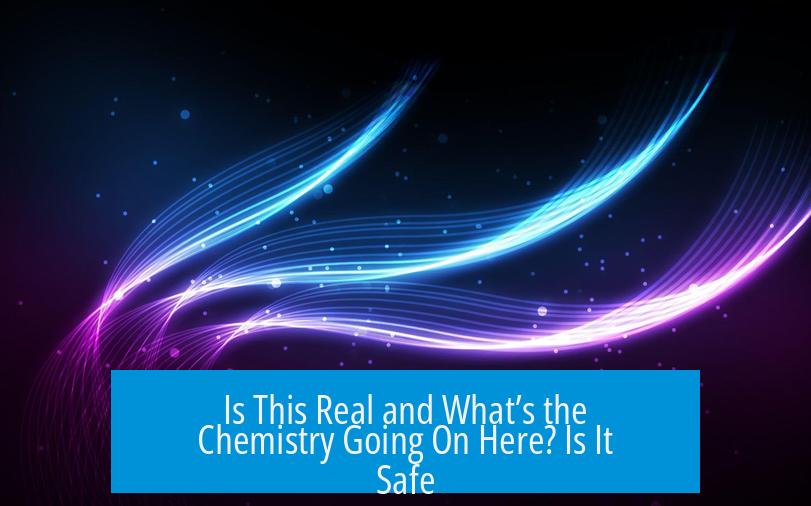
The glow from materials like strontium aluminate is real and results from phosphorescence, a physical process where excited electrons slowly release energy as visible light over time. This material, often doped with certain ions, produces a lasting glow that is chemically stable and safe, especially when embedded in a resin matrix, making glow-in-the-dark rings and toys generally safe for everyday use.
1. Reality and Nature of the Glow
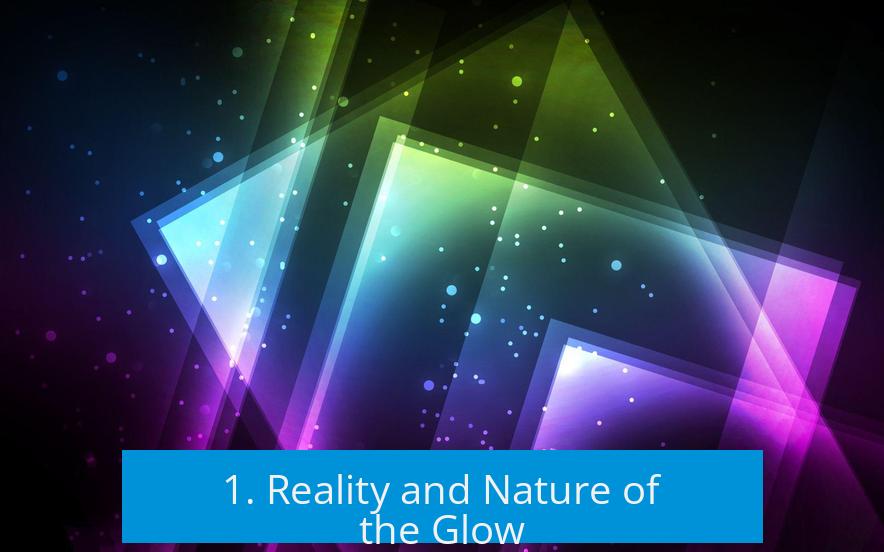
1.1 Confirmation of the Glow’s Authenticity
The luminous effect observed in certain materials, such as glow-in-the-dark rings, truly occurs due to intrinsic properties of the compounds involved. Strontium compounds, especially strontium aluminate, are well-known phosphorescent materials. This confirms that the observed glow is not a camera effect or trick but a genuine physical phenomenon.

1.2 Understanding Phosphorescence
Phosphorescence belongs to the broader category of luminescence but is distinct in its mechanism. Unlike fluorescence, which ceases almost immediately after the excitation source is removed, phosphorescence involves a delayed emission of light.

When strontium aluminate absorbs energy, typically from visible or ultraviolet light, electrons move to an excited state. Instead of dropping immediately back to the ground state, certain electrons become trapped in so-called “forbidden” energy states. This trap causes the energy to release slowly, allowing the material to glow over minutes or even hours after excitation.
1.3 Mechanism Behind the Glow

Phosphorescence depends on the slow relaxation of electrons trapped in metastable states. As these electrons transition slowly back to their ground state, they emit photons at visible wavelengths. The process is governed by solid-state physics rather than ongoing chemical reactions. This physical relaxation explains why the material “stores” light and then emits it gradually in darkness.
1.4 Factors Influencing Brightness and Color
- The intensity of the glow can vary based on how much light the material absorbed prior to observation and the sensitivity of recording devices (e.g., cameras).
- Dopants—small amounts of added ions—affect the glow color and brightness. Strontium aluminate doped with europium and dysprosium ions emits green or aqua-green light, popular for glow-in-the-dark products.
- External factors like immediate exposure to strong light before viewing enhance visible glow intensity temporarily.
2. Chemistry and Material Composition
2.1 Composition of Strontium Aluminate
Strontium aluminate (SrAl2O4) forms the chemical basis for many glow-in-the-dark materials. It is a crystalline inorganic solid with lattice positions that accept dopants such as europium (Eu2+) and dysprosium (Dy3+) ions. These dopants introduce trap states critical for phosphorescence.
2.2 Role of Dopants and Emitted Colors
The color and efficiency of luminescence depend on the type and concentration of dopants. Europium acts as the luminescent center; it is the primary emitter of light upon electron relaxation. Dysprosium, for example, may enhance afterglow duration by influencing the trap depth.
Without dopants, strontium aluminate does not exhibit strong phosphorescence. Different dopants can produce blues, greens, and even other colors of glow, critical for commercial product designs.
2.3 Relation to Other Luminescent Materials
Unlike radioluminescent materials such as radium-based paints, which rely on continuous radioactive excitation to emit light (radioluminescence), strontium aluminate materials do not rely on radioactivity. This makes them significantly safer. Glow-in-the-dark products using strontium aluminate achieve luminescence by light absorption rather than ongoing radiation—a key safety advantage.
2.4 Stability and Resistance to Degradation
Strontium aluminate is chemically stable and inert under typical environmental conditions. It does not degrade easily in air or water and maintains its phosphorescent properties over many charging/discharging cycles. It is resistant to thermal breakdown at common ambient temperatures and is widely used in durable consumer products.
3. Safety Aspects
3.1 General Toxicity and Biological Interactions
Strontium aluminate is considered non-toxic and biologically inert. In its solid form, it does not release harmful substances, nor does it pose chemical hazards with regular handling. This explains why it is approved for use in children’s toys and wearable accessories like rings and watches.
Importantly, when embedded in resin or polymer matrices, the phosphorescent particles are physically contained, minimizing any risk of exposure to free powders or dust.
3.2 Considerations for Prolonged Skin Contact
While brief or occasional contact with strontium aluminate-containing products is safe, extended skin exposure to loose powders or high concentrations may justify caution. Currently, consumer products encapsulate the phosphorescent material, preventing direct contact. This form is generally safe even if worn for hours.
3.3 Misconceptions and Humorous Comments
Some comments humorously exaggerate the dangers of glowing materials, referencing mythical or radioactive substances. Unlike radium, strontium aluminate emits no harmful radiation. The glowing effect is physically rather than chemically active, dispelling fears of poisoning or radiation exposure.
4. Practical Usage and Availability
4.1 Applications in Consumer Products
- Glow-in-the-dark stars, toys, and jewelry often use strontium aluminate phosphors.
- 3D printing filaments infused with SrAl2O4 enable custom phosphorescent objects with consistent glow performance.
- Embedded in resin, these materials provide stable glow effects without powder loss or degradation.
4.2 Commercial Accessibility
Phosphorescent rings and other accessories containing strontium aluminate-based compounds are commercially available online and in specialty stores. Their safety and efficacy make them popular among consumers seeking aesthetic glow without hazard.
5. The Chemistry Behind the Glow in Detail
When photons from a light source excite strontium aluminate particles, electrons jump to excited states in the crystal lattice. By doping with certain ions, energy traps form within the band gap of the material. These traps capture excited electrons briefly, delaying their return to the ground state and thus the release of energy as visible light.
This delayed electron relaxation is the hallmark of phosphorescence. It differentiates the glow from fluorescence, which ceases immediately when the light source is removed. The duration and intensity of the glow depend on trap depth, dopant type, and particle environment.
The excited electrons relax via forbidden transitions that release lower-energy photons at visible wavelengths. The dopant ions modulate this emission—europium efficiently emits visible blue-green light, while co-dopants stabilize traps for prolonged afterglow.
Summary of Key Points
- Strontium aluminate is a genuine phosphorescent material responsible for many glow-in-the-dark products.
- Its glow arises from slow electron relaxation after light excitation, a physical process free from ongoing chemical reactions.
- Dopants such as europium and dysprosium enable diverse glow colors and prolonged afterglow.
- The material is chemically inert, stable, and non-toxic, especially when embedded in resin or polymers.
- General use in items that contact skin occasionally is considered safe, though caution may be warranted for direct exposure to powders.
- Phosphorescence is distinct from radioluminescence, as it does not involve ionizing radiation.
Is this real and what’s the chemistry going on here? Is it safe?
Short answer: Yes, the glow you see is real. It’s caused by the fascinating phenomenon called phosphorescence, primarily thanks to a compound known as strontium aluminate. And yes, in most consumer uses, it’s quite safe. Let’s unpack this glowing mystery step-by-step, diving into the chemistry, physics, safety, and a little bit of pop culture humor along the way.
The Glow: Real or Just Tricks of the Light?
People often wonder if glow-in-the-dark items are just clever camera effects or something supernatural. Spoiler alert: they are real. Strontium compounds, especially strontium aluminate, are known for their ability to glow long after a light source is removed. Not just any glow, but phosphorescence—a slow, magical-seeming glow lasting minutes or hours. This is different from ordinary fluorescence, which stops glowing practically the instant the light source is gone.
Phosphorescence isn’t magic; it’s physics. It happens when electrons in the material get “excited” by light and then slowly settle back to their normal state. Unlike a quick flash of light (fluorescence), this relaxation takes time, so you get this gentle glow in the dark. The glow’s color depends on tiny traces of added elements (called dopants), usually rare earth or transition metals. Strontium aluminate is the superstar here, turning your night into a dimly lit wonderland after a brief light exposure.
The Chemistry Behind the Glow
The starring compound is strontium aluminate (SrAl2O4). Alone, it’s a sturdy crystalline material, but when doped (“sprinkled” with small amounts) with elements like europium or dysprosium, it adopts phosphorescent properties.
Interesting point: the color of the glow varies depending on the dopant. Green and blue shades are common in these phosphorescent materials. So, if you’re holding a glowing ring or toy, what you’re really seeing is strontium aluminate mixed with a little dopant magic, crystal-clear embedded in resin or plastic to keep it solid and safe.
Is it Like Radium? Should I Run?
Once upon a time, glow-in-the-dark items used radium, a radioactive element. But no, strontium aluminate is quite different and importantly, non-radioactive. There’s a funny comparison floating around—some humorists claim radium was the deadly grandpa of glow materials, but strontium aluminate is its safe, friendly descendant. Radioluminescence (like radium) glows because of radiation exciting the material. Strontium aluminate’s phosphorescence works through physics, no radioactive radiation here.
So… Is It Safe to Use and Wear?
Short answer? Yes, generally very safe.
- Strontium aluminate is chemically inert and non-toxic. This means it doesn’t react easily and won’t poison you. That’s why it’s widely used in kids’ toys and glow-in-the-dark stars.
- In rings or objects, the glowing compound is embedded in resin, making it unlikely to escape or contact your skin. This embedding is an extra safety layer.
- Wearing these items occasionally is fine. Prolonged, extended skin contact might raise some concerns depending on the powder content inside. But with well-made products, risk is minimal.
There’s plenty of funny internet chatter about the safety too:
“Is it safe? HELL NO!!!! One must now venture into the land of Mordor and cast it into the fires.” (A Lord of the Rings joke.)
“Better try a ring made of supercritical plutonium — that glows a nice blue — it’s really safe.” (Sarcasm alert.)
So yes, glow rings don’t require Elvish magic or a nuclear bunker to handle.
How Bright Is This Stuff, Really?
The glow intensity depends on multiple factors:
- How long the item was exposed to light beforehand.
- The doping elements mixed into strontium aluminate.
- The product’s manufacturing process and resin quality.
- Your camera’s sensitivity to certain light wavelengths—sometimes a glow looks extra bright in videos but is subtler in person.
In one popular example, a glowing ring might have sat near a light source just before the photo or video was taken. The camera can sometimes exaggerate the brightness, or pick up fluorescent light invisible to the naked eye.
Practical Uses and Availability
Today’s tech harnesses phosphorescent materials beyond just toys:
- 3D Printing: Enthusiasts incorporate strontium aluminate into filaments for glowing prints. The creations boast solid glow properties, making custom glow-in-the-dark objects fun and feasible.
- Toys and Rings: Many popular glow products are a blend of phosphorescent powder and resin for safety and durability.
- Shopping: You can find glowing rings and accessories in stores and online. For example, one source offers secret wooden glow rings embedded with these incredible compounds.
Why does this glow even matter?
Phosphorescence fascinates because it pairs simple physics and chemistry with practical fun. It’s also a safer alternative to older radium-based products. Glow materials find usage in safety signs, art, toys, and fashion. There’s something whimsical about an object storing light and releasing it slowly in the dark—no batteries, no electricity needed.
Is the Chemistry of the Glow “Chemtrails”? Nope.
Briefly addressing the chemtrails conspiracy: Some folks think glowing chemicals might be linked to mysterious trails in the sky. Science says no. Contrails are water vapor from plane engines. No credible evidence supports toxic chemicals being sprayed for mind control or weather manipulation.
Even Harvard researchers say a global secret spraying program would be impossible to hide due to the logistics and number of people involved. So your glowing ring is safe, not part of an airborne government experiment!
Summary & Tips for Glow Enthusiasts
| Aspect | Key Point |
|---|---|
| Glow type | Phosphorescence caused by electron relaxation in strontium aluminate |
| Composition | Strontium aluminate doped with rare earth or transition metal ions |
| Safety | Non-toxic, chemically inert, safe when embedded in resin |
| Brightness factors | Exposure time, dopants, manufacturing, viewing conditions |
| Usage | Toys, glow rings, 3D printing, signage |
| Misconceptions | Not radioactive, not related to chemtrails |
If you want to try your hand at glowing art or accessories:
- Buy quality phosphorescent powders with strontium aluminate base.
- Choose products with resin embedding for safety and durability.
- Expose your glow items to strong light sources like sunlight or LED lamps to “charge” them well.
- Enjoy nighttime glow shows, but avoid prolonged skin contact with loose powders.
Final Glow-Up Thoughts
Glowing items pack a neat science punch wrapped in everyday magic. The glow is perfectly real, thanks to elegant physics and clever chemistry. It’s safe, easily obtainable, and useful. Next time you switch off the lights and admire a glowing ring or star, you’ll know the journey of excited electrons lighting your way. No need to summon wizards or radioactive gadgets—just cool compounds and brilliant science.
Is the glowing effect in strontium aluminate real or just a visual trick?
The glow is real. Strontium aluminate produces phosphorescence, where excited electrons slowly return to their ground state, emitting light over time.
What chemical process causes the glow in these materials?
The glow results from phosphorescence, a physical process where electrons remain excited and release light gradually. No ongoing chemical reaction occurs during the glow.
Are strontium aluminate glow materials safe to use and wear?
Yes. Strontium aluminate is chemically inert and nontoxic. When embedded in resin, it is stable and safe for casual use, such as in toys or rings.
Can strontium aluminate glow brighter under X-rays or radiation?
While strontium aluminate glows by electron excitation, intense radiation like X-rays could alter it, but typically it just emits visible light or may degrade depending on exposure.
Is it safe to have long-term skin contact with phosphorescent materials?
Occasional contact is generally safe. However, prolonged skin exposure to loose phosphorescent powders isn’t recommended, though embedded forms like rings pose minimal risk.


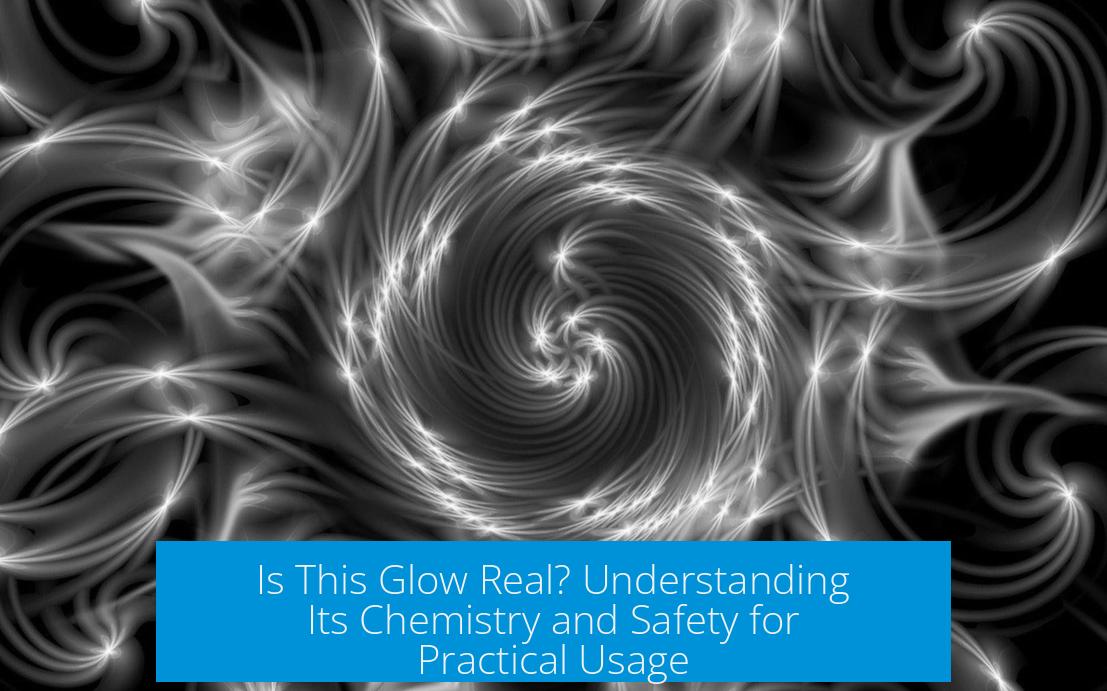
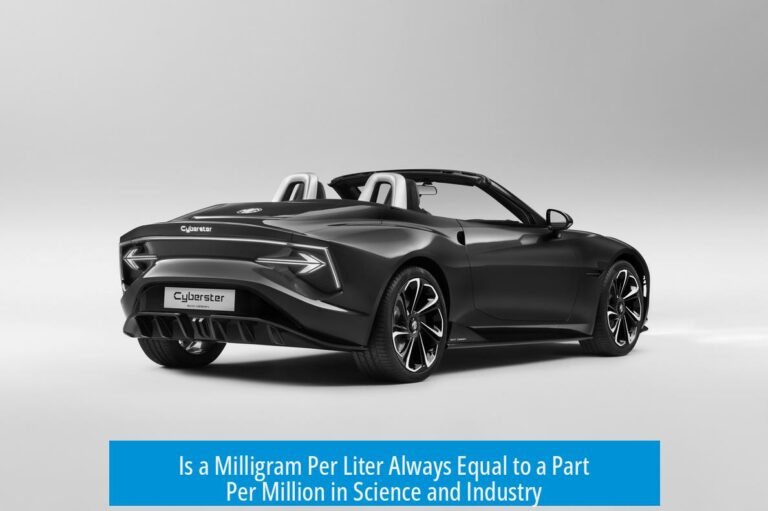
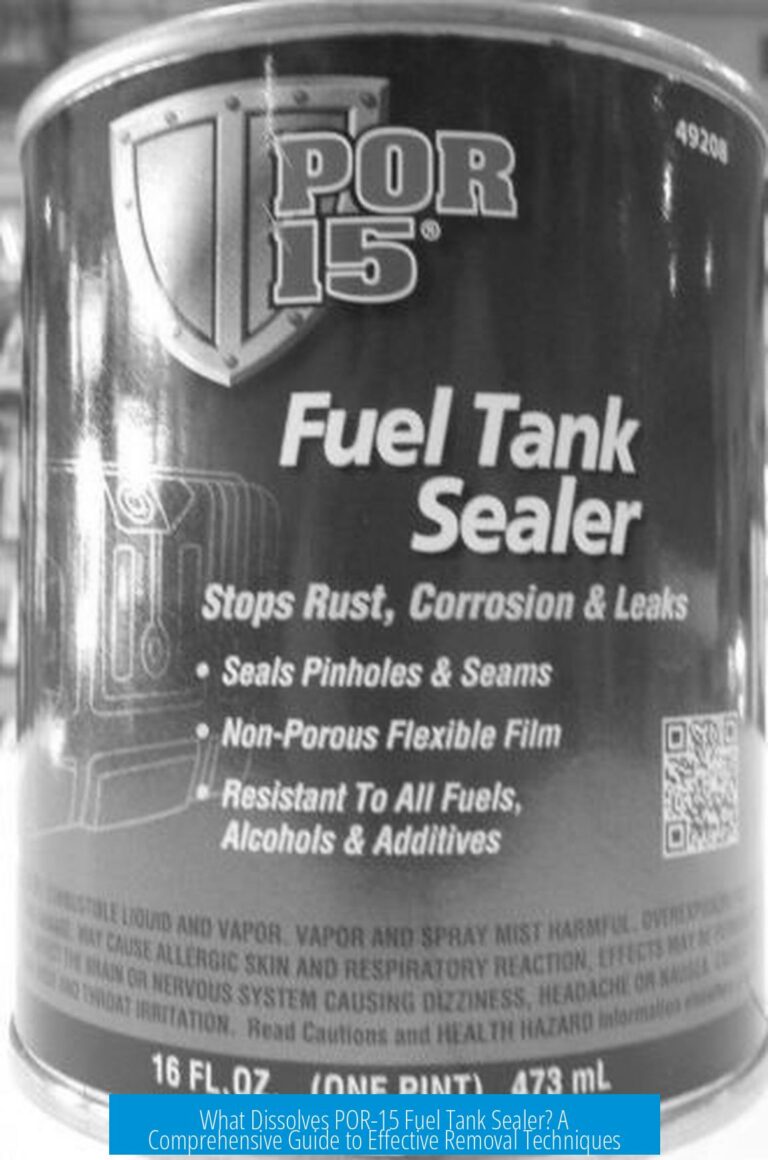
Leave a Comment